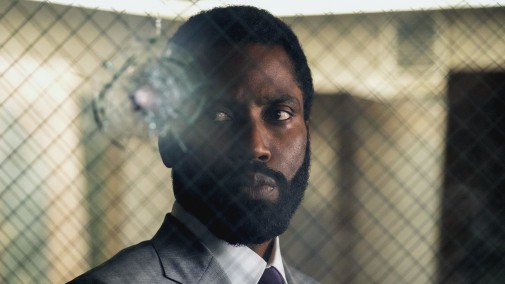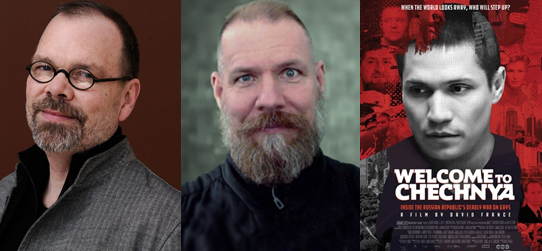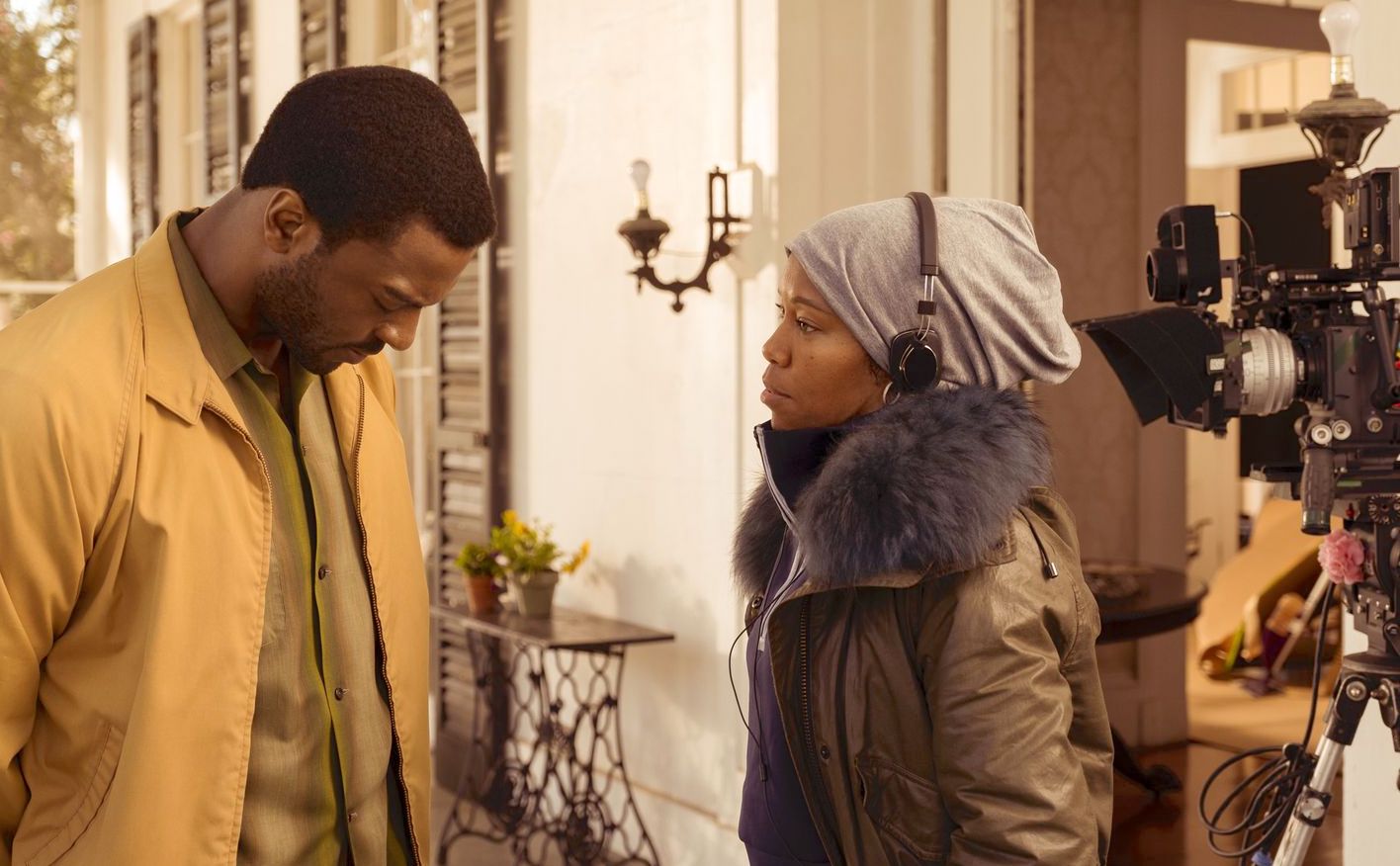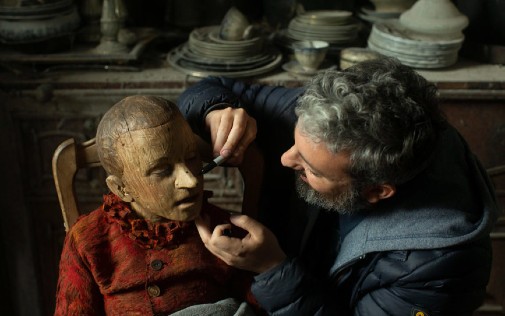Best Editing: The Art of Disorientation
 Saturday, March 6, 2021 at 3:00PM
Saturday, March 6, 2021 at 3:00PM 
There seem to be two big schools of thought regarding what good film editing is. On the one hand, classic Hollywood precepts indicate a preference for the invisible, cutting so organically enmeshed with the rhythms of the story one barely notices its mechanisms. On the other hand, there's a showier style, editing that calls attention to itself and demands applause, especially in the realm of action cinema. In either case, an unwritten rule posits clarity of information and storytelling as a defining tenet. Editing should facilitate the movie-watching process by allowing the audience to follow along with the narrative or thesis, its emotional beats, spatial awareness, and chronology. Nonetheless, two of this year's biggest contenders in the race for the Best Editing Oscar do the exact opposite, choosing to engage with the art of editing as a tool of disorientation rather than clarification, chaos instead of order…







